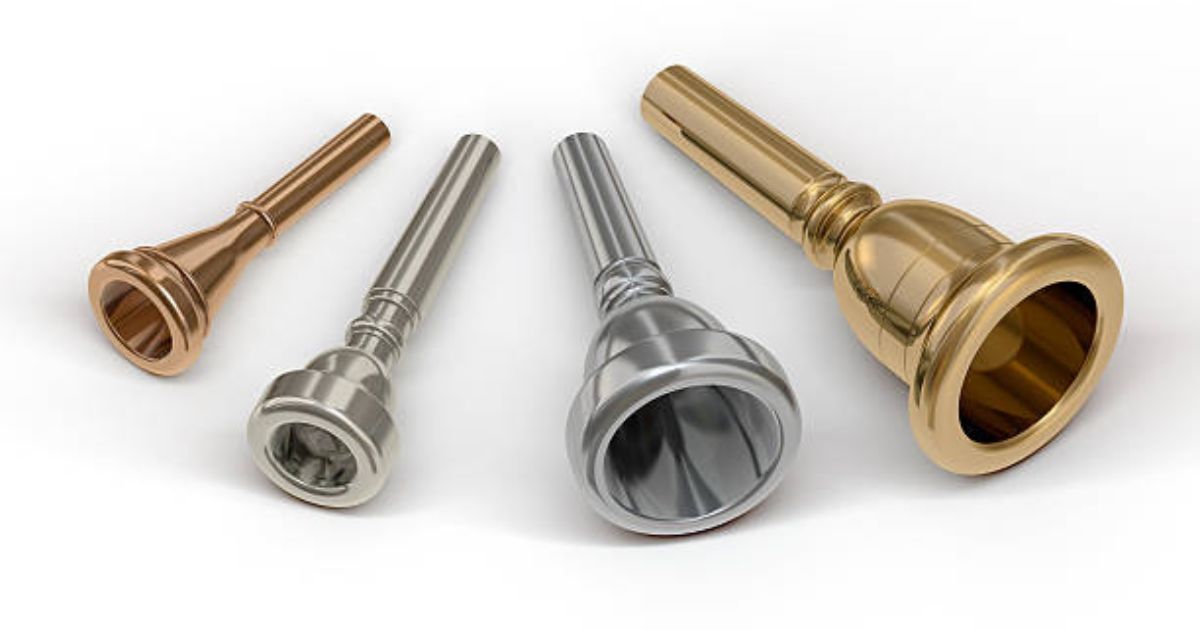A mouthpiece is a small but crucial component of various musical instruments and communication devices. Whether used in brass and woodwind instruments or as part of microphones and telecommunication systems, the mouthpiece plays a vital role in sound production and quality. Understanding its design, function, and significance can help users make informed choices.
What Is a Mouthpiece?
A mouthpiece is an attachment that serves as the interface between the user and an instrument or device. It channels air, vibrations, or voice into the main body of the equipment to produce sound. Mouthpieces vary in design based on their purpose, whether for musical instruments, communication tools, or sports gear.
Types of Mouthpieces
Mouthpieces come in different forms, each designed for a specific function. The most common types include those used in brass and woodwind instruments, telecommunication devices, and protective gear for sports.
Musical Instrument Mouthpieces
Instruments such as trumpets, saxophones, and clarinets rely on mouthpieces to produce sound. Each type of instrument has a uniquely designed mouthpiece that affects the tone, pitch, and resonance of the music.
Brass Instrument Mouthpieces
Brass instrument mouthpieces, such as those used in trumpets and trombones, consist of a rim, cup, throat, and backbore. The shape and depth of the cup influence the tone and ease of play. A deeper cup produces a richer tone, while a shallower cup results in a brighter sound.
Woodwind Instrument Mouthpieces
Woodwind mouthpieces, found in clarinets and saxophones, feature a reed that vibrates to create sound. The design of the tip opening and facing curve affects the ease of play and tonal characteristics. Hard rubber and metal are common materials used for these mouthpieces.
Microphone and Communication Mouthpieces
Mouthpieces in microphones and telecommunication devices help capture and amplify the speaker’s voice. They are designed to enhance clarity while reducing background noise, making them essential for broadcasting, public speaking, and customer service.
Protective Sports Mouthpieces
Athletes in contact sports such as boxing, football, and hockey use mouthguards, a type of mouthpiece, to protect their teeth and jaw. These are made from flexible materials that absorb impact and prevent injuries.
Materials Used in Mouthpieces
The material of a mouthpiece influences its durability, comfort, and sound quality. Common materials include metal, plastic, hard rubber, and wood, each offering distinct advantages and tonal characteristics.
How a Mouthpiece Affects Sound Quality
The design and material of a mouthpiece significantly impact sound quality. The shape of the mouthpiece alters airflow and vibration, affecting the tone and resonance. High-quality mouthpieces enhance clarity and projection, while poorly designed ones may produce distorted sounds.
Choosing the Right Mouthpiece
Selecting the right mouthpiece depends on the instrument, playing style, and personal preference. Musicians often experiment with different sizes and materials to find the one that best suits their needs.
Maintenance and Care for Mouthpieces
Proper maintenance extends the lifespan of a mouthpiece and ensures optimal performance. Regular cleaning, avoiding extreme temperatures, and using protective cases can prevent damage and maintain sound quality.
Innovations in Mouthpiece Design
Modern technology has led to innovations in mouthpiece design, including adjustable mouthpieces and those made from advanced composite materials. These advancements offer musicians greater flexibility and improved performance.
Importance of Mouthpieces in Performance
A well-designed mouthpiece enhances a musician’s ability to produce clear and expressive sounds. In communication devices, it ensures voice clarity and effective transmission, making it an indispensable component.
Conclusion
Mouthpieces play a fundamental role in various fields, from music to communication and sports. Their design, material, and maintenance directly impact performance and durability. Understanding their importance allows users to make informed choices, whether they are musicians, broadcasters, or athletes.
FAQs
What is the best material for a musical mouthpiece? The best material depends on personal preference and the desired tone. Hard rubber is popular for woodwinds, while brass is common for brass instruments.
How often should I clean my mouthpiece? Regular cleaning after each use is recommended to prevent buildup and maintain sound quality.
Can I use the same mouthpiece for different instruments? While some mouthpieces are interchangeable within the same instrument family, each instrument typically requires a specifically designed mouthpiece.
Do mouthpieces affect playing difficulty? Yes, the design and size of a mouthpiece can influence ease of play, endurance, and tonal production.
Are expensive mouthpieces worth the investment? Higher-quality mouthpieces often offer better sound and durability, making them a worthwhile investment for serious musicians and professionals.











